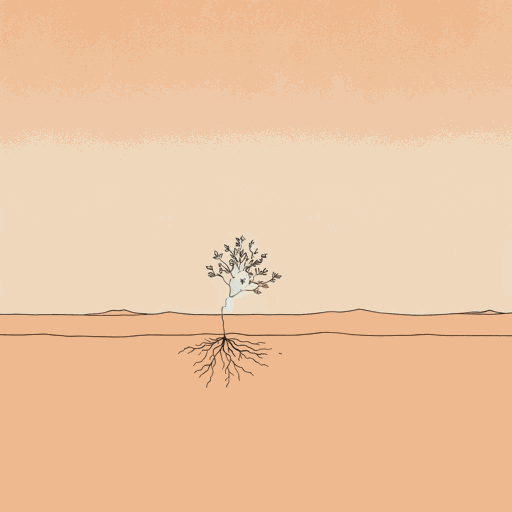45 pages • 1 hour read
Nujood Ali, Delphine MinouiI Am Nujood, Age 10 and Divorced
Nonfiction | Autobiography / Memoir | Adult | Published in 2009A modern alternative to SparkNotes and CliffsNotes, SuperSummary offers high-quality Study Guides with detailed chapter summaries and analysis of major themes, characters, and more.
Summary and Study Guide
Overview
I Am Nujood, Age 10 and Divorced tells the story of Nujood Ali, a Yemeni girl who is possibly the youngest divorcée in the world. Nujood published her biography, co-written with French journalist Delphine Minoui, in 2010, two years after her controversial divorce. The novel begins with an introduction to the country of Yemen and to Nujood’s story written by Delphine Minoui, the book’s second and adult writer. Minoui never specifies how she and Nujood co-wrote the book, so the reader is tasked with separating out Nujood’s thoughts and Minoui’s interventions throughout the work. Nevertheless, in the introduction, the voice is that of Minoui, who introduces us to a strange and wonderful country that has been fought over by outsiders throughout its history and is now marred by violence from within. Yemen’s beauty and wonder are contrasted with this violence as a backdrop and as crucial context for Nujood’s tale. This tale is not told chronologically, so the reader jumps back and forth in time throughout Nujood’s early childhood, her move to the city of Sana’a, her marriage, her divorce, and her post-divorce life.
The novel begins with the young Nujood at a courthouse in Sana’a. Against all odds, she has come to seek help from a judge in the form of a divorce. Although she does not specify the trials that she has endured, we can infer that her situation is dire. She mentions her husband’s name only once, otherwise referring to him as “him.” After the courthouse episode, the book delves back in time to Nujood’s early childhood, providing crucial context. We learn that Nujood’s family lived a rough and simple but happy life in the remote northern Yemeni village of Khardji. However, the family was forced to move to the capital of Sana’a after a scandal broke out involving Nujood’s sister, Mona. The already-poor family struggled in Sana’a, living in a slum with little money and being forced to beg and work on the street. It is in this context that Nujood’s father, Ali Mohammad, decides to marry her off to a man three times her age. The narrative returns to Nujood at the courthouse, stating her case and obtaining help and refuge from the judges.
The narrative then returns to the period right before Nujood’s marriage. Initially, she wonders whether her marriage may not be an escape hatch from her family’s rough life and troubles in Sana’a. Very quickly following her marriage, however, Nujood is disillusioned of this idea and has to face not only moving from Sana’a back to remote Khardji, but also her husband’s sexual assaults and beatings. The narrative then introduces Nujood’s powerhouse lawyer, Shada, who becomes a sort of “second mother” to the girl. She assures Nujood that she will fight for her divorce but that it will take time. The focus returns to Nujood, feeling utterly trapped in her abusive marriage and the village of Khardji. She continues to rebel against her in-laws, pleading with them to let her see her family until they relent. However, after she visits and receives little help from her parents in Sana’a, Nujood realizes that she must act alone and seek a judge. Nujood’s trial, a traumatic and turbulent event, ends with her victory, a divorce.
The third and last segment of the book details Nujood’s life following her divorce. She struggles between feeling like a child and an adult and between rejoicing in her freedom and the continual problems within her family and her own post-traumatic stress. She is overjoyed to maintain her relationship with Shada and begins to formulate a plan to become a lawyer and help people. Nujood rejoices immensely at returning to school but has to deal with backlash from a variety of sources. At the same time, she begins to learn more about her family’s history and the reason behind their sudden move to Sana’a. Nujood places these stories in the context of her own troubles and her plans for the future, and she tries to empathize with her siblings.
Minoui reappears in the Epilogue to the work in which she reminds the reader that although Nujood won her case and obtained a divorce, her life remains difficult for a variety of reasons. They hope that this book will bring in enough money to support Nujood’s family and finance her education. Minoui also impresses upon the reader the importance of Nujood’s case and how it set a precedent for other young girls caught up in child marriages. Because Nujood has shattered a taboo, more young women have come forward demanding a divorce. Minoui tells us that this remains a battleground between custom and tradition in rural Yemen, the political and legal system throughout the country, and the abject poverty in which many people live. She suggests that legal intervention as well as education may eradicate child marriages, but warns the reader against deeming this an Islamic world phenomenon because it occurs worldwide.

